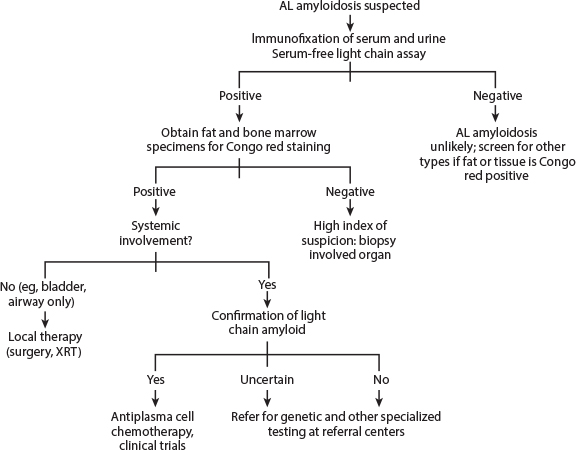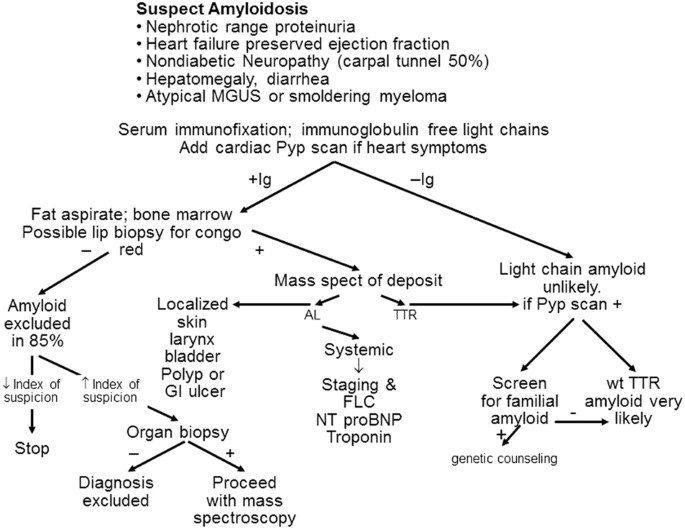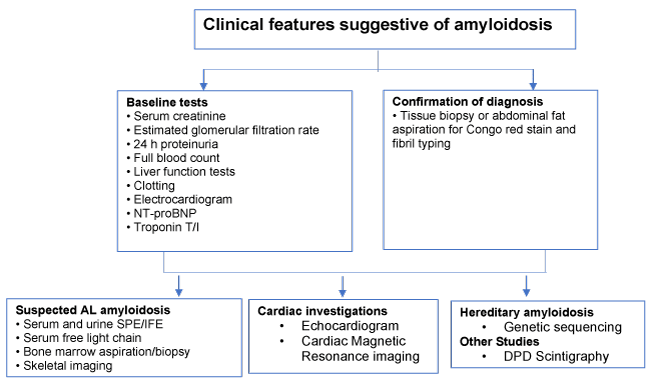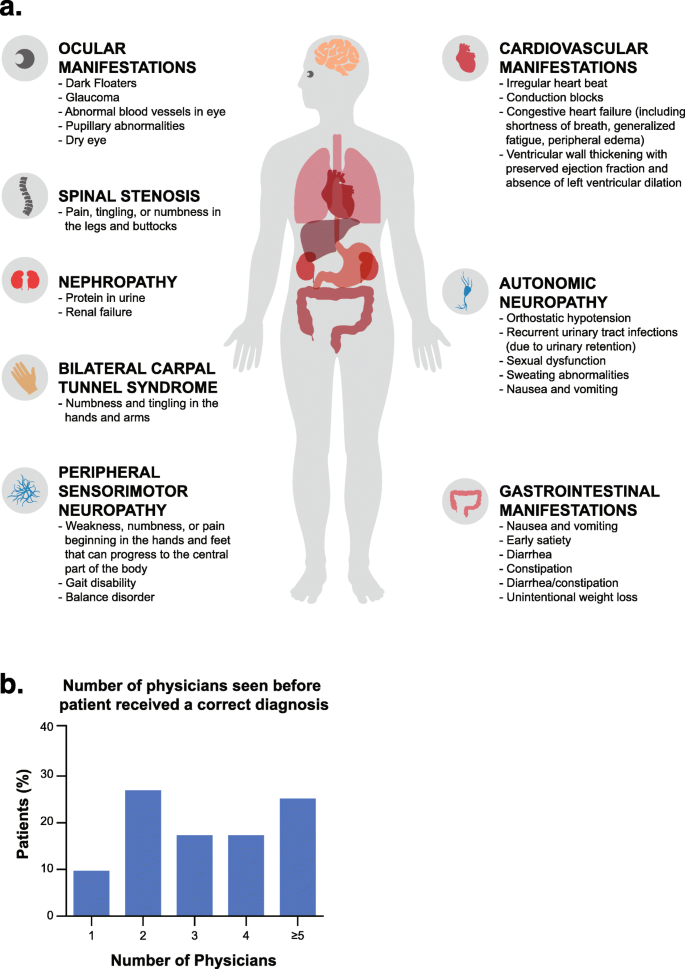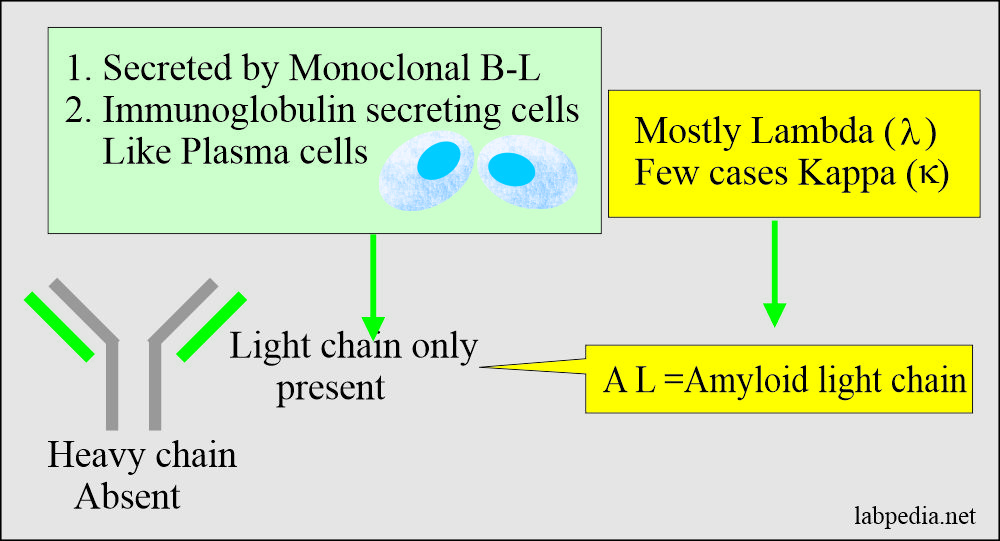Fun Tips About How To Diagnose Amyloidosis

Providers may test for abnormal protein levels in your blood.
How to diagnose amyloidosis. A cardiac biopsy involves taking a small sample of heart. May have al or attr or combined amyloidosis, will need a cardiac biopsy to confirm diagnosis. Amyloidosis can only be diagnosed by a positive biopsy;
To confirm a diagnosis of cardiac amyloidosis, you will need either a cardiac biopsy or technetium pyrophosphate scan. Over the world consistently and might affect you or somebody you know at the present Lab tests, urinalysis, is used to look for amyloid proteins in the urine and to check.
Offering a full range of the latest treatments for amyloidosis. A full blood count, also known as a complete blood count (cbc), is a standard blood test used to. Diagnostic testing for al amyloidosis involves blood tests, urine tests and biopsies.
They may also mimic other types of. To date, the gold standard test for histological confirmation of amyloid. Ad see doctors with extensive experience in diagnosing & treating amyloidosis.
Specific urine and blood tests can help point to or rule out amyloidosis, if an individual’s symptoms point to amyloidosis, the first step in confirming the presence of the. Imaging tests may be used to find out whether organs, such as the heart or kidneys, are affected. That is, an identification of the amyloid deposits in a piece of tissue.
Making the diagnosis of amyloidosis the diagnosis of amyloidosis requires a tissue biopsy. Blood and/or urine tests can indicate signs of the amyloid protein, but only bone marrow tests or other small. The impact of ecg, echocardiography including tissue.




